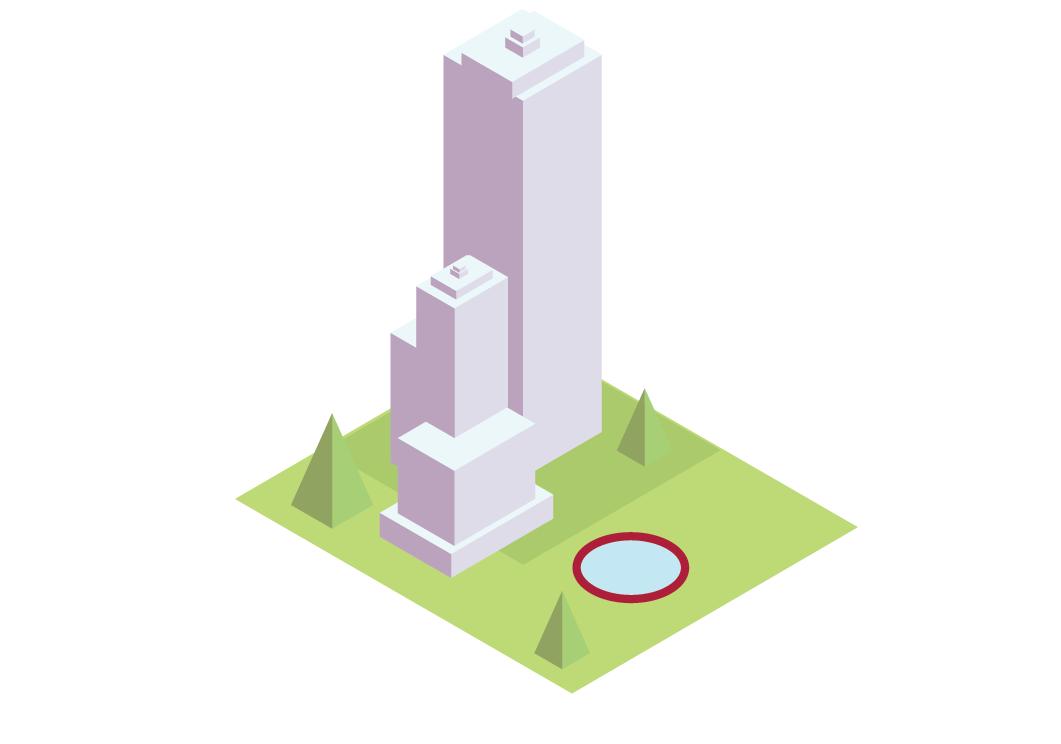Food Safety Consulting | ISO 22000 Consultants
What is ISO 22000:2005 and FSSC 22000:2010 - Food Safety Management?
FSSC 22000 is compromised of ISO22000 and ISO/TS 22002-1 and overseen by The Foundation for Food Safety Certification which is known as Food Safety Certification 22000 (FSSC 22000). Food manufacturers audited to ISO22000 and ISO/TS 22002-1 by accredited Certification Bodies approved by the Foundation may be certified to FSSC 22000.
ISO 22000:2005 is also for companies seeking to integrate their quality management system, for example ISO 9001, and their food safety management system.
The standard combines generally recognized key elements to ensure food safety along the food chain, including:
Interactive communication
System management
Control of food safety hazards through pre-requisite programmes and HACCP plans
Continual improvement and updating of the food safety management system
Why implement ISO/FSSC 22000? What are the business benefits?
Implementing a Food Safety Management System can reward your business by:
- Introduce internationally recognized processes to your business
- Give suppliers and stakeholders confidence in your hazard controls
- Put these hazard controls in place across your supply chain
- Introduce transparency around accountability and responsibilities
- improving Conformity and Compliance [C²]
- Enhancing Effectiveness and Efficiency [E²]
But it can also go further by:
- Improving organisational Performance
- Reducing organisation Risk
- Building sustainable Competitiveness
- Improving organisational Capabilities and Competence
- Aligning organisational Culture and Behavior
With over 20 years ISO consulting experience working with many organizations & industries, we have developed The Ananya Consultents 9-Step Roadmap to Going Beyond Certification and invite you to select the below icons to learn more about each step and learn about how we can add enormous business value to your processes and how you operate as a business.
Step 1 Foundation
This module focuses on the organization's top leadership team and planning. The aim is to ensure the Top Leadership team can actively lead, participate and manage the management system from the outset.
Step 2 Process/Risk Management
This module focuses on the the organization's business and management system processes and product/process risk assessments. The aim is to build and/or enhance the organization's process and to identify the related product and process risks, risk mitigation and controls.
Step 3 Objective/Process Alignment
This module focuses on the design of the organization's internal controls including alignment between goals and process controls. The aim is to ensure the business internal controls meets the needs of the organization.
Step 4 Human Resource System
This module focuses on the design of the organization's structure, people, culture/behavior, and competency framework. The aim is to ensure the organization structure, culture, behaviors and HR system supports the organization management system.
Step 5 Compliance
This module focuses on compliance, i..e regulatory, e.g. 21 CFR Part 820, CMDCAS and other legal obligations
Step 6 Document Management System
This module focuses on the design and development of the organization document management system. The aim is to the document management system is effective.
Step 7 Implement The Management System
This module focuses on implementation of the organization management system. The aim is to ensure the management system is flawlessly implemented and expected benefits are fully realized.
Step 8 Check The Management System
This module focuses on verification of the organization management system. The aim is to ensure the organization's verification system provides stakeholders with the assurance and insight to improve performance, if required.
Step 9 Certification Audit
This module involves coaching/mentoring during the initial certification audit process. The aim is to ensure the initial certification outcome is successful
How Long Does It Take?
One of the most common questions with this type of project that needs to be answered is 'how long does it take'. There are various considerations but the main ones include: is there a hard client/contract deadline? Are there available resources to support the project internally? Plus, the exact scope of work required and any potential complexity are key considerations. Many organizations will want to aim for an efficient turnaround but it is common that the amount of work required can be underestimated. The below gives an example of average timelines from start to certification based on the size of the organization - these are guidelines only. Each project varies & in all cases, is based on the client needs.

The average for a small business would be between 6 - 9 months. In general, the shorter the timeline, the higher the intensity of the project. A key consideration is whether there are available resources who can commit to the agreed workload required for the preferred project duration.
Small Business*

This is the average project duration in the experience of Ananya Consultents. A 9 month project has moderate intensity but generally doesn't overload a client, particularly where resources who will be involved on the project internally will already have other priorities and responsibilities.
Medium Business*

This is a conservative project duration for small to medium enterprises but one that is common on larger, more complex projects. Certain projects may even extend up to 18 months.
Large Business*
*each client project varies, the above are project averages to serve as a guideline only
What Resources Do We Need?

Small Business
Each and every business is different and it depends on the availability of resources and whether or not they have the 'bandwidth' to meet the internal demands of the project. An average project would involve 2-3 internal resources sharing responsibilities as part of the project.

Medium Enterprise
There are similarities between what challenges resources face whether you are a small, medium or large enterprise. An average project would involve 3-5 internal resources sharing responsibilities as part of the project.

Large Enterprise
This would vary for each enterprise based on the scope of the project and its complexity - including the enterprise's structure. As an average, we have seen specific steering committees formed including implementation teams of 20+ assigned. The size of the organization, number of locations and complexity would more accurately determine the level of resources involved and would be a key outcome from Step 1 in the Ananya Consultents 9-Step Roadmap.
Copyright © 2025 - by ANANYA CONSULTANTS
